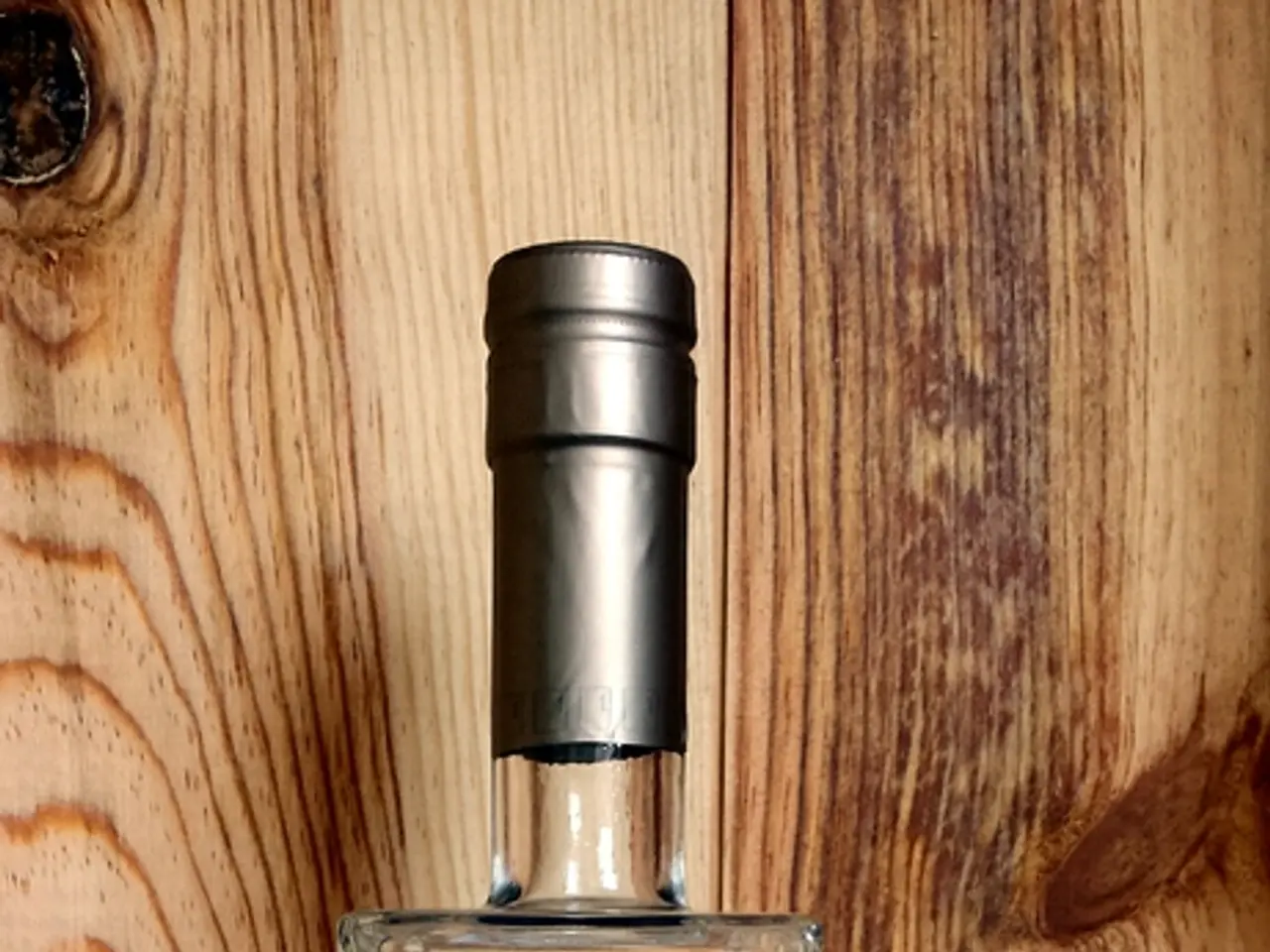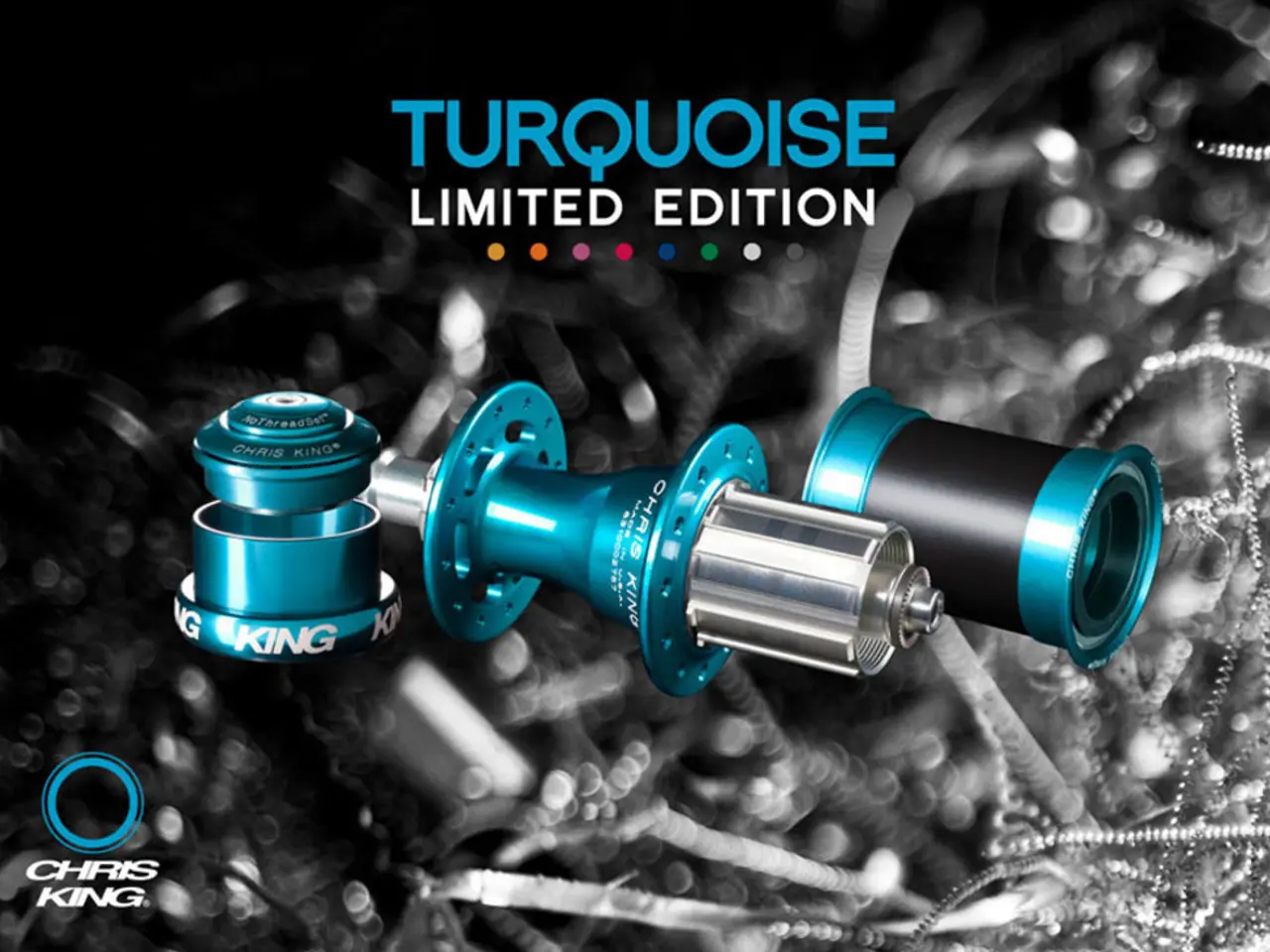Over 1.5 million imitations of Mercedes-Benz vehicles confiscated
=====================================================================================
In recent years, there has been a surge in the distribution of counterfeit Mercedes-Benz products, posing a significant risk to consumers. These counterfeit items, often found on online platforms and social media, may use hazardous materials in their production, compromising the quality and safety of the products.
During raids, counterfeit brake pads containing hazardous materials like arsenic and inferior brake parts containing lead have been confiscated. Similarly, counterfeit air filters made from easily flammable materials have also been seized. Such counterfeit parts, if installed in vehicles, could potentially compromise vehicle safety and reliability.
Counterfeit networks are using various tactics to distribute these fake products, including the use of online platforms and social media. In 2024, over 212,000 listings of counterfeit Mercedes-Benz products were removed. Questionable online sources may also sell counterfeit Mercedes-Benz products.
However, consumers can take steps to identify and avoid these counterfeit products. Common characteristics of counterfeit Mercedes-Benz products include poor quality materials, inaccurate logos or badges, inconsistent packaging, and incorrect markings such as the direction of printed text or serial numbers.
To identify counterfeit products, consumers should check the quality of materials and workmanship, verify the logo and branding details, examine packaging carefully, purchase from official dealers, authorized retailers, or directly from Mercedes-Benz, and use official Mercedes-Benz apps or authentication tools, if available, to verify parts or products.
Consumers should also be cautious of suspicious offers for Mercedes-Benz products and avoid unofficial online marketplaces or unverified sellers. A significantly lower price for Mercedes-Benz products may indicate a counterfeit.
In summary, consumers can reliably distinguish genuine Mercedes-Benz products from counterfeits by inspecting the quality and finishing carefully, verifying logos, fonts, and printing direction, checking official holograms, seals, and labels, buying only from authorized dealers or stores, and using official Mercedes-Benz apps or authentication tools. By following these measures, consumers can protect themselves from the risks associated with counterfeit Mercedes-Benz products.
Economic and social policy must address the issue of counterfeit automotive products, such as Mercedes-Benz, to protect consumers and ensure industry standards in finance, transportation, and automotive sectors are maintained. Finance institutions should also be vigilant in monitoring transactions involving these counterfeit products to prevent the flow of illicit funds.




